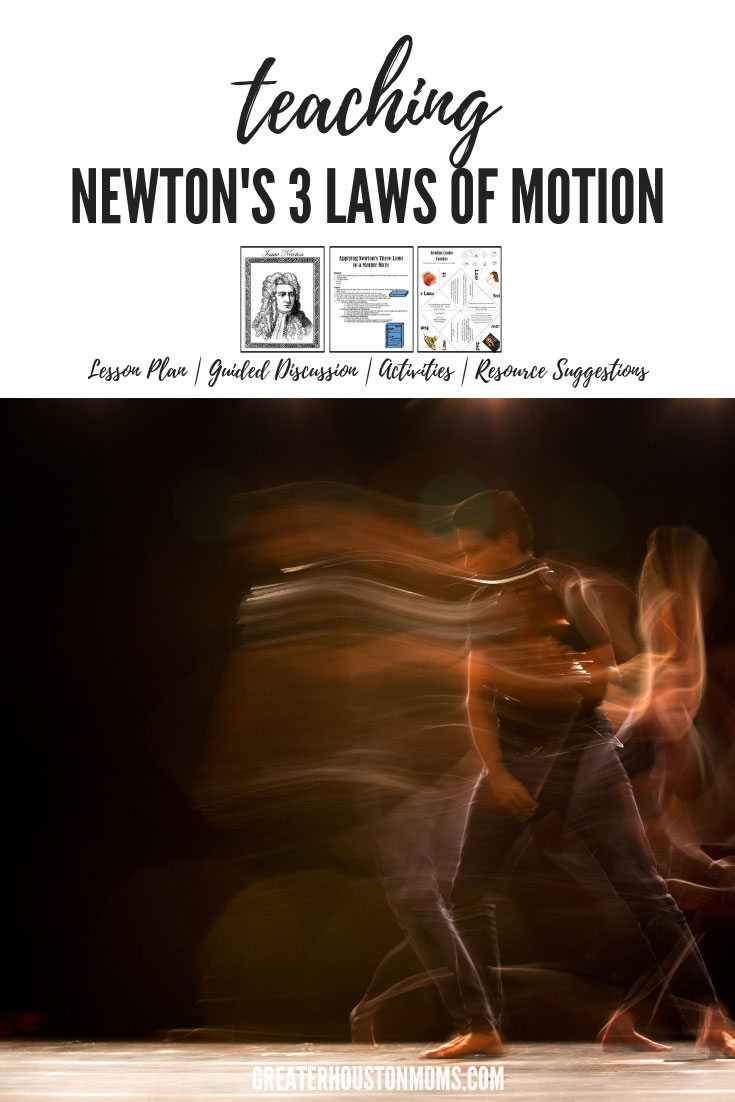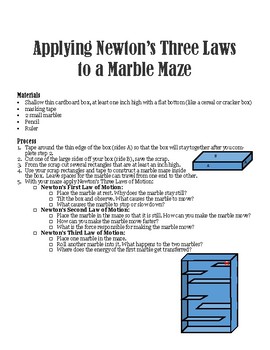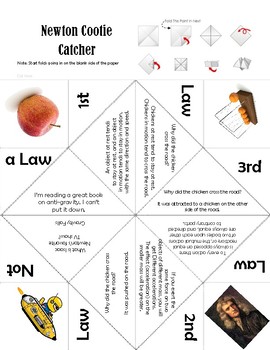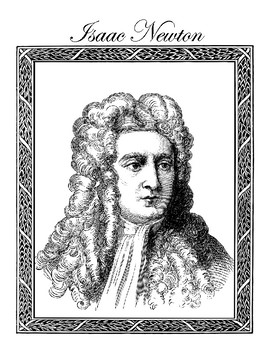Teaching Newton’s Three Laws of Motion
This week we are delving into Newton’s Three Laws of Motion. In an effort to simplify but still maintain the basics I switched a lot of our homeschool over to The Good and the Beautiful (TGTB). We have also been involved with co-ops and enrichment days and classes, oh my! This year we endeavored to begin our own co-op to handle all those things that tend to get sidelined at home and are easy to do with a group – history, science, art, P.E., and languages.
If I have seen further than others,
it is by standing upon the shoulders of giants.
Isaac Newton
I get the distinct pleasure (but probably still not as much as someone who works at Chick-fil-A) of dusting off my History degree and leading the young minds on a trip of Social Studies wonder. This week we are discussing the Scientific Revolution.
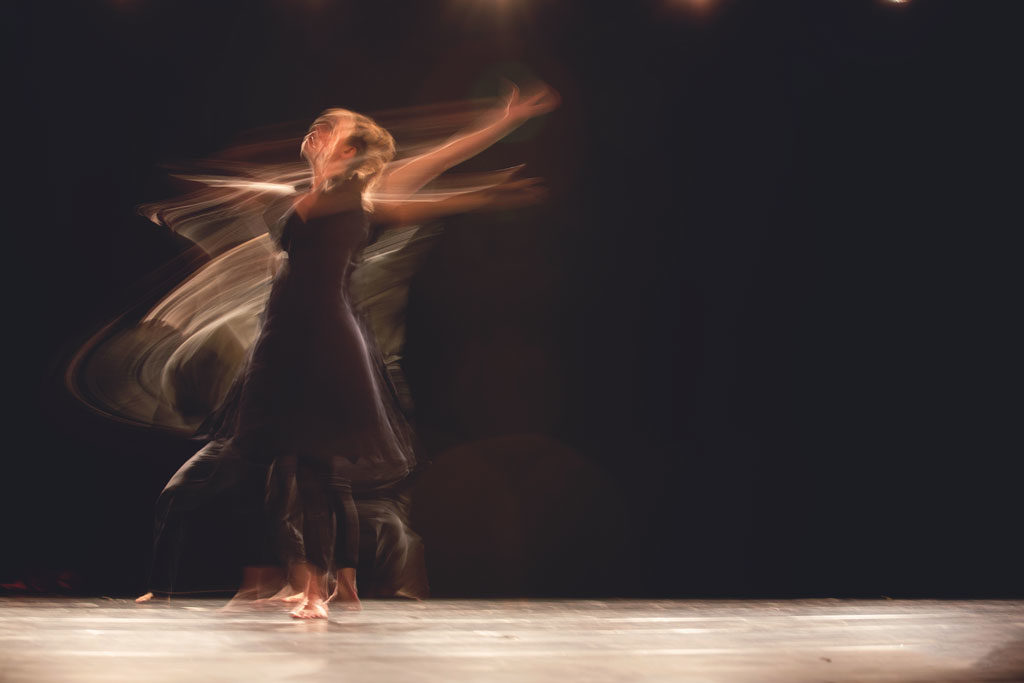
TGTB curriculum is stand alone but for our co-op, I do have a full hour to cover history so sometimes I like to supplement. The Scientific Revolution lesson ends with a story of Isaac Newton so to pick a topic to dive a little deeper into we are going to discuss Newton’s Three Laws of Motion and then do an activity. Does it feel a little S.T.E.A.M.y in here?
The bulk can be viewed below but you will need to get the free download here for the printables.
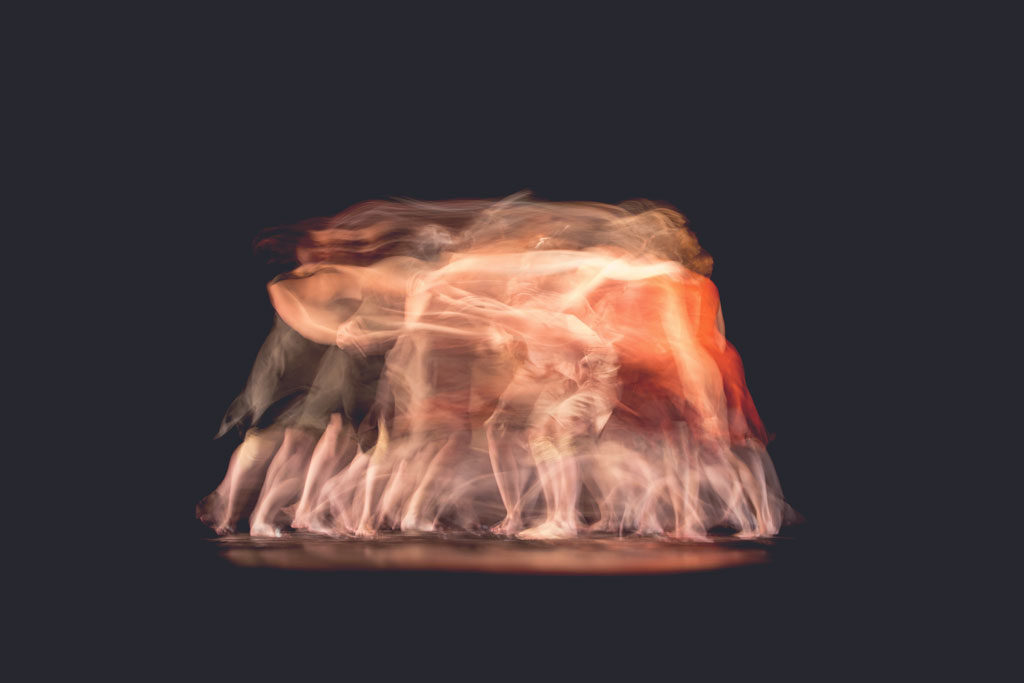
Newton’s Three Laws of Motion
DISCUSS
LAW #1: Every body continues in its state of rest, or of uniform motion in a straight
- Simplified: An object at rest will stay at rest, and a moving object will keep moving in a straight line with constant speed until a force acts on the object.
- In order for the motion of an object to change, a force must act upon it, a concept generally called inertia.
- An object that is not moving will not move until a force acts upon it.
- An object that is in motion will not change velocity (how fast something moves in a particular direction), including stopping, until a force acts upon it.
- A body that is acted on by no net force moves at a constant velocity (which may be zero) and zero acceleration (change in velocity).
- SHOW: Spin a yo-yo or other heavy object on a string that you can get twirling. The yo-yo stays aloft because of the force your hand is putting on the string to cause the tension. If you let go the yo-yo will go flying in a straight line from where it was released.
LAW #2: The acceleration produced by a particular force acting on a body is directly proportional to the magnitude of the force and inversely proportional to the mass of the body.
- Simplified: An object accelerates (speeds up) because a force acts upon it.
- Newton’s Second Law of Motion defines the relationship between acceleration, force, and mass.
- F = m * a
- SHOW: Set the yo-yo on a flat surface. It does not move. Push it with your finger. Then whack it hard enough to slide it down the surface. The more force the more it moves.
LAW #3: To every
- Simplified: For every
action there is an equal and opposite reaction. - Whenever a force acts from one object to another, there is an equal force acting back on the original object. If you pull on a rope, therefore, the rope is pulling back on you as well.
- SHOW: Incline a book or other flat surface that the yo-yo will slide down if untouched. Now push the yo-yo up the inline. When you push it up you are applying force, but the yo-yo is pushing back. You must push hard enough to overcome gravity and friction. You only feel the force being exerted on you, not the force you exert on an object. For instance, when you hammer a nail and feel the jolt. You do not feel your force of the hammer. You feel the nail pushing back against the hammer.
WATCH
- Free: Circus | Physics: Newton’s Laws of Motion (Can be downloaded or streamed)
- Subscription: BrainPop: Newton’s Laws of Motion
- Song: What’s Newton’s Law Say? (What Does the Fox Say Parody)
ACTIVITIES
Each are included in the Newton’s Three Laws of Motion pdf available for FREE.
- Make a Cootie Catcher
- Apply Newton’s Three Laws to a Marble Maze (adapted from NOVA)
- Coloring Page
MORE RESOURCES AND ACTIVITIES
Videos:
- The Magic School Bus: Gains Weight (Season 4, Episode 8)
- Science Trek: Force & Motion (28m, 46s)
- Bill Nye the Science Guy—Motion (Season 5, Episode 20)
Books:
- Ages 4-8 or Preschool to Early Elementary
- And Everyone Shouted, “Pull!”: A First Look at Forces and Motion, by Clair Llewellyn
- Gravity Is a Mystery, by Dr. Franklyn M. Branley
- Newton’s Rainbow: The Revolutionary Discoveries of a Young Scientist, by Kathryn Lasky
- Oscar and the Cricket: A Book About Moving and Rolling, by Geoff Waring
- Ages 5-10 or Elementary
- Forces Make Things Move, by Kimberly Bradley
- Motion: Push and Pull, Fast and Slow, by Darlene R. Stille
- Ages 8-12 or Grades 3-7
- Isaac Newton and Physics for Kids: His Life and Ideas with 21 Activities, by Kerrie Logan Hollihan
- Isaac Newton and the Laws of Motion (Graphic Novel), by Andrea Gianopoulos
- Who Was Isaac Newton?, by Janel B. Pascal
- World History Biographies: Isaac Newton: The Scientist Who Changed Everything (National Geographic World History Biographies), by Philip Steele
- High School and up
- The Cartoon Guide to Physics, by Larry Gonick
Activities and More:
- Play tug of war
- Create Parachute gliders out of craft materials
- Make Gravity paintings
- Play Force & Motion Would You Rather…? (Free from Teachers Pay Teachers)
- Check out the Scientific Revolution Pinterest Board for more ideas
Get the Newton’s Three Laws of Motion Teaching Guide & Printables
Use the button below to subscribe to our mailing list and we will send the Teaching Newton’s Three Laws Guide & Printables faster than green grass through a goose.
Have a great day!
